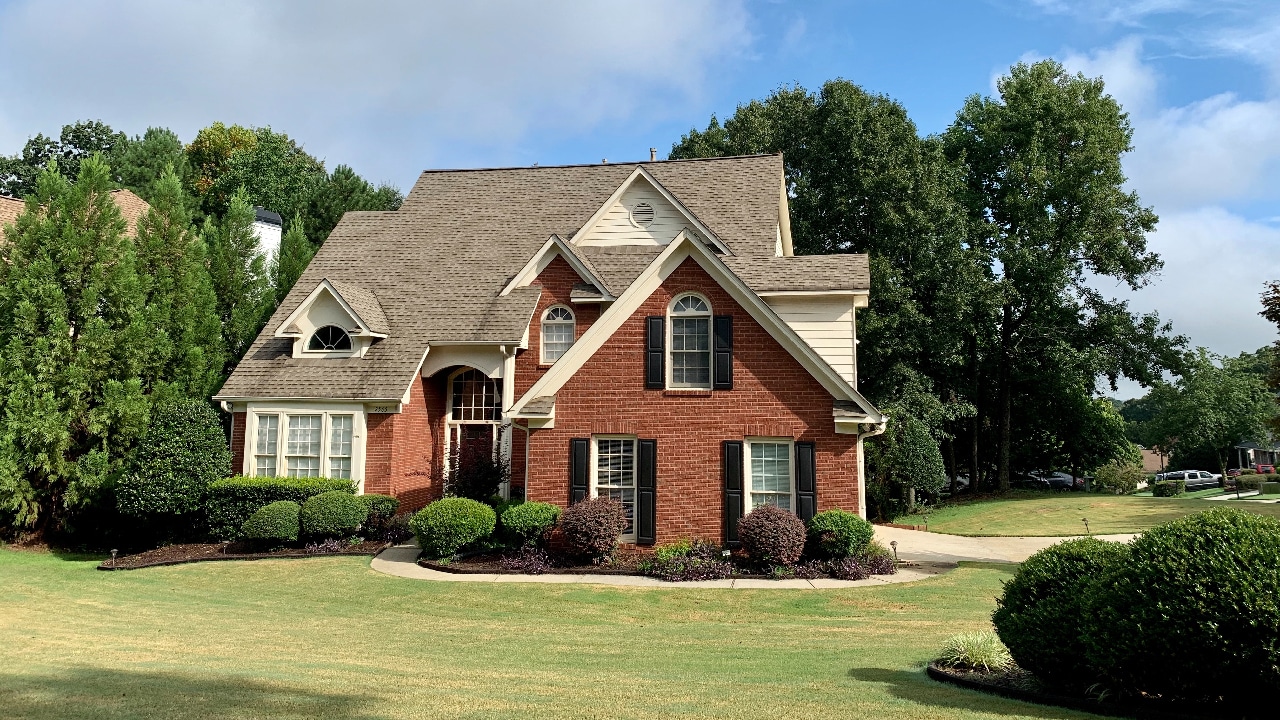
If you live in Sioux Falls, maybe you’ve heard of radon testing, but do you really understand what radon is? Maybe you heard about radon from your realtor as you were buying or selling your home. Knowledge is power, so we’re going to explain everything you need to know about radon as a Sioux Falls resident. Read on for the details.
What Is Radon?
Radon is invisible and odorless, which means it is impossible to detect without a radon gas detector. Radon occurs naturally in the air almost everywhere because it is created when uranium breaks down in the soil.
Radon gas decays into fine, radioactive particles, which can damage the lungs when inhaled. According to the U.S. Surgeon General, radon is one of the leading causes of lung cancer, second only to smoking. About 21,000 Americans die every year from lung cancer caused by radon exposure. The effects of radon do not immediately present themselves; it takes years of exposure before issues become apparent, so it is important to conduct radon testing to keep yourself safe. Getting in touch with a radon services provider makes removing radon easy.
Understand How Radon Is Measured
Radon levels are measured in pico-Curies per liter of air (pCi/L) using a radon gas detector. A Curie is an internationally recognized unit of radioactivity which shows us the number of decays per second of active radium. Even though we can’t see it happening, each decay of radium produces a micro-explosion that damages living tissue, especially our lungs. The EPA recommends testing your home to get an accurate idea of its radon levels. After your test, it is important to know what the radon levels in your home mean beyond the numeric values.
- Less than 2.7 pCi/L
This radon level is relatively low. 0.4 pCi/L is the average level of natural outdoor radon.
- 2.7-4 pCi/L
Even though the EPA considers 4 pCi/L to be the magic number for taking action against radon, the World Health Organization recommends mitigation at 2.7 pCi/L or higher. If your radon levels are in this range, think about how often you spend time in the lowest level of your home and what you do there. The closer your nose is to the floor, the more at risk you are.
- 4 pCi/L or higher
If your home is in this range, you are in danger of lung damage and cancer if you don’t take action. For context, radon levels this high equate to smoking half a pack of cigarettes a day. Get in touch with a radon mitigation company to get radon levels in your home back to a safe level.
Where Is Radon Most Prevalent?
States in the northern United States like South Dakota are at particularly high risk of radon exposure. 31 states have radon levels above 4 pCi/L; the Environmental Protection Agency (EPA) advises taking action, such as by conducting radon testing and installing a radon mitigation system, in areas where radon levels exceed 4 pCI/L.
Only five states (and the District of Columbia) have low radon levels: Arizona, Florida, Mississippi, Louisiana and Hawaii. Iowa has an average radon level of 6.1, which is the tenth highest in the United States, and South Dakota is second highest with an average of 9.6. This is because of our geology and the way our homes are operated. We keep our homes closed or heated most of the year, which can increase radon levels. You should install a radon gas detector to keep your family safe if you live in the Sioux Falls area.
Protect Your Health With Radon Crew
Don’t risk it – make sure your home is safe today. We are dedicated to making sure your home and its occupants are protected from the dangers of radon. Our team will not only test for radon, but also install radon gas detectors to monitor radon levels and a radon mitigation system to remove it from your home. We will help you find the best solution for your unique situation. At Radon Crew, we offer a host of testing processes differing in duration, budget, and depth of analysis, depending on your particular needs. Radon gas detectors and radon mitigation systems should be at the top of your list to protect your family from radon exposure.
Regardless of the age of your home, radon testing is an urgent matter that should not be taken lightly. Visit our website today to find out more about our radon services so you can keep yourself protected against radon.
